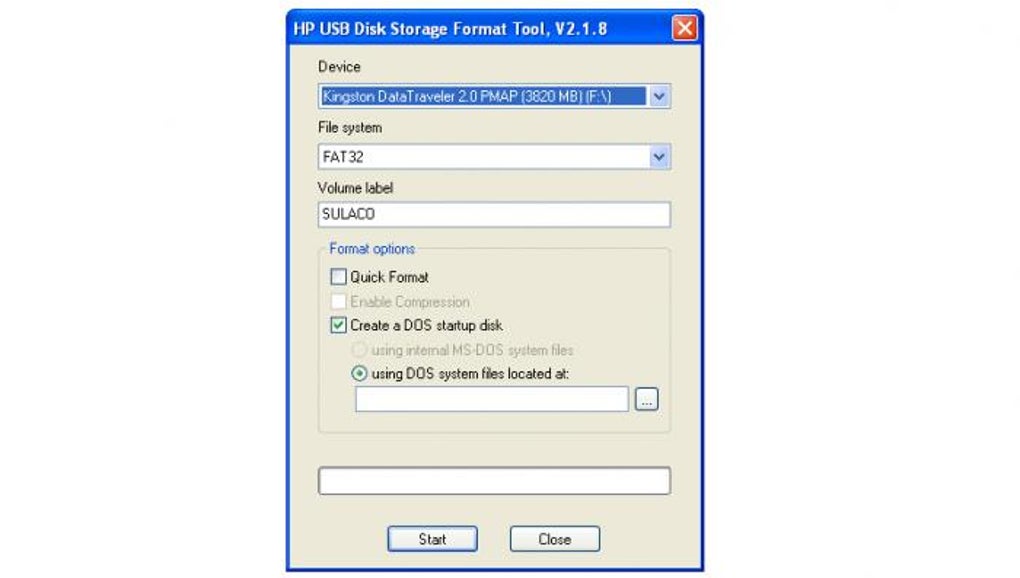

- #FORMAT THUMB DRIVE FOR BOTH MAC AND WINDOWS HOW TO#
- #FORMAT THUMB DRIVE FOR BOTH MAC AND WINDOWS FOR MAC#
- #FORMAT THUMB DRIVE FOR BOTH MAC AND WINDOWS PC#
- #FORMAT THUMB DRIVE FOR BOTH MAC AND WINDOWS PLUS#
Step 1: Press Space while holding your command button.
#FORMAT THUMB DRIVE FOR BOTH MAC AND WINDOWS HOW TO#
How to format a flash drive on Mac?ĭisk Utility application in MacOS is the best option to format a flash drive on MacOS. But if it is NTFS, format your flash drive to make it completely compatible with MacOS. If your flash drive’s file system is MS-DOS or ExFAT you can use it as it is without further formatting. Here you can check the current format of your flash drive. Your drive will be on the left column of the window. Open the Disk Utility app from the utility folder available in the application. Just to the right of “Format” is your drive’s file system. Select “Get Info” from the list of options opened.Ī new window will open. Plug in your flash drive. Now open the Finder and look for your USB device. You don’t need to do anything special to know your flash drive’s file system. Before you format a flash drive it is suggested to know what file system your flash drive is in.
#FORMAT THUMB DRIVE FOR BOTH MAC AND WINDOWS PLUS#
HFS filesystem is modified into HFS plus (Modernly called as MacOS Extended). HFS stands for Hierarchical File System.Īpple introduced this file system in 1985 to replace the existing Macintosh File System or MFS. Here, pop-ups the question: How to format a flash drive on a mac? If you want to use your flash drive solely for MacOS, it is highly recommended to format your flash drive. Extra work is needed to use NTFS on MacOS. The latter one, NTFS is mostly used on the Windows operating system and not an optimal option for MacOS. That’s the reason why most of the flash drives in the market are available in Fat32 or NTFS formats which are the most preferred format for windows.Īlthough the first one, Fat32 is completely compatible with both MacOS as well as Windows, it has some limitations. Fat32 can store files only up to 4 GB of size. In contrast, only 27.4% of users use MacOS, obviously for their apple computer. Majority of 49.4% of desktop and laptop computer users in the world use Windows operating system. Not only this, we will help you pick the best file system for your usb flash drive that you are planning to use on a Mac. When the Properties window opens, select the General tab and you’ll see what type of file system your flash drive is currently with next to the File system.This simple guide will teach you How to Format a Flash Drive on Mac.
#FORMAT THUMB DRIVE FOR BOTH MAC AND WINDOWS PC#
Go to This PC or File Explorer, find your flash drive under Devices and drivers. Make sure your device is recognizable and can be detected. Plug your flash drive into your computer’s USB port, first of all. You can go ahead and format your storage drive with exFAT instead of FAT32, as long as all devices that you choose to use exFAT allow for the drive. It is therefore perfect for a USB flash drive or external disc, particularly when files need to be saved in size greater than 4 GB. Meanwhile, exFAT is the only file system that works for both Windows and macOS versions and has no overall file space or partition space restrictions. Luckily, there is a file system (exFAT) that allows you to format your flash drive to be completely Mac and PC compatible.

If your disc was originally formatted to NTFS on a PC (or HFS+ on a Mac), you are more likely to encounter restrictions, such as that the data on your drive can not be read or written on either of your computers.

If you have a USB or flash drive, and you’re trying to use it on both a Mac and a Windows PC, you’ll probably face some issues.

#FORMAT THUMB DRIVE FOR BOTH MAC AND WINDOWS FOR MAC#
Formatting Flash Drive for Mac and PC Compatibility (exFAT) Flash Drive for Mac & PC Compatibility


 0 kommentar(er)
0 kommentar(er)
